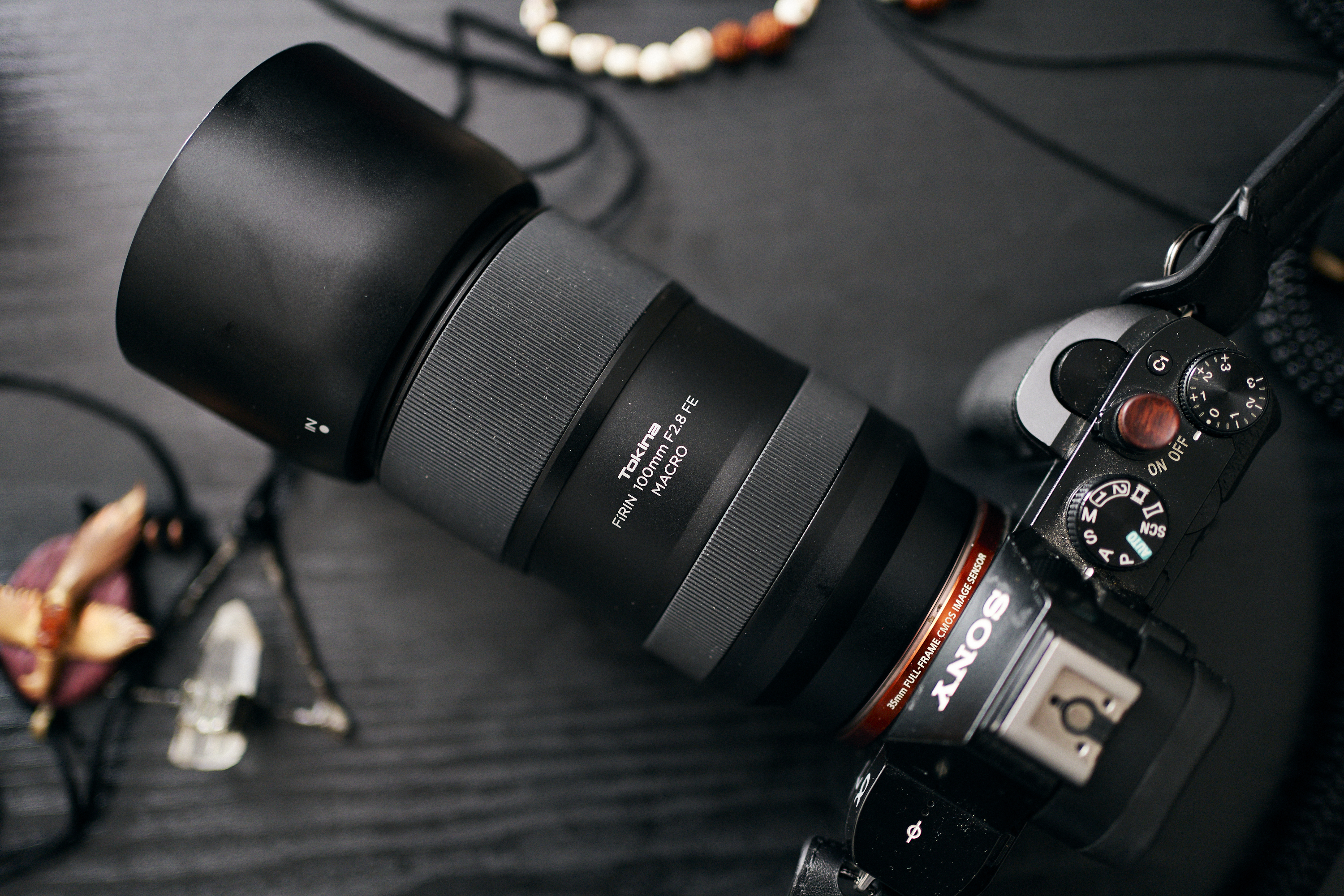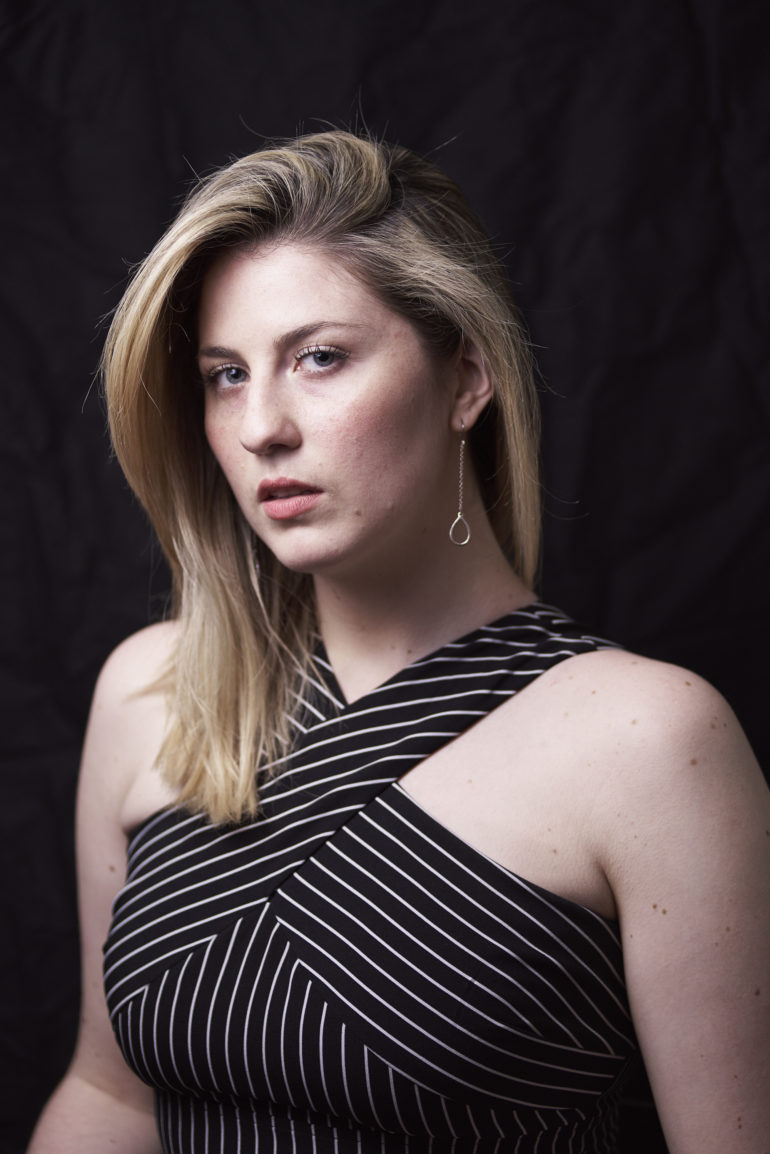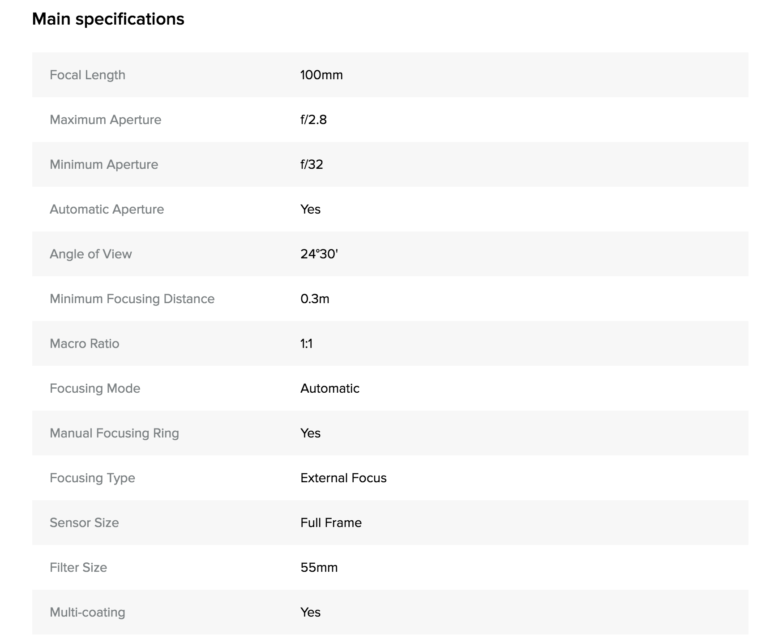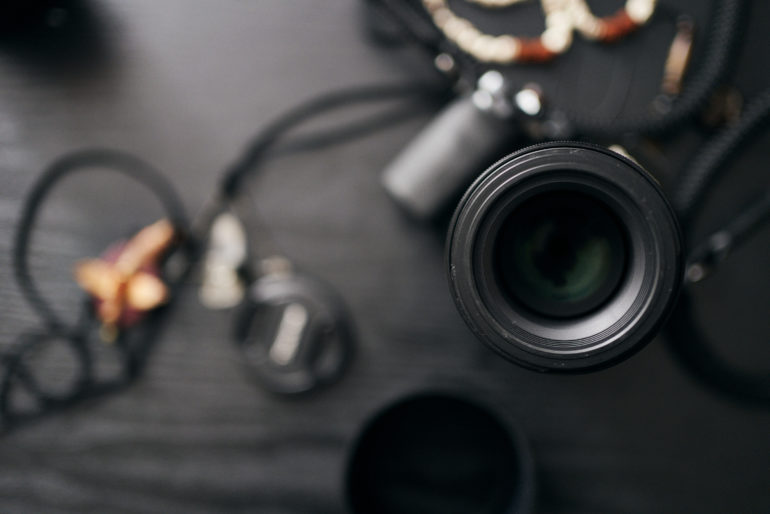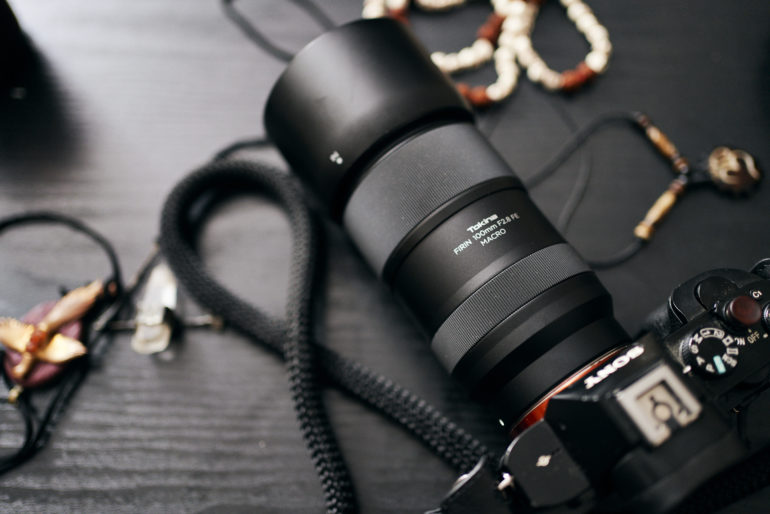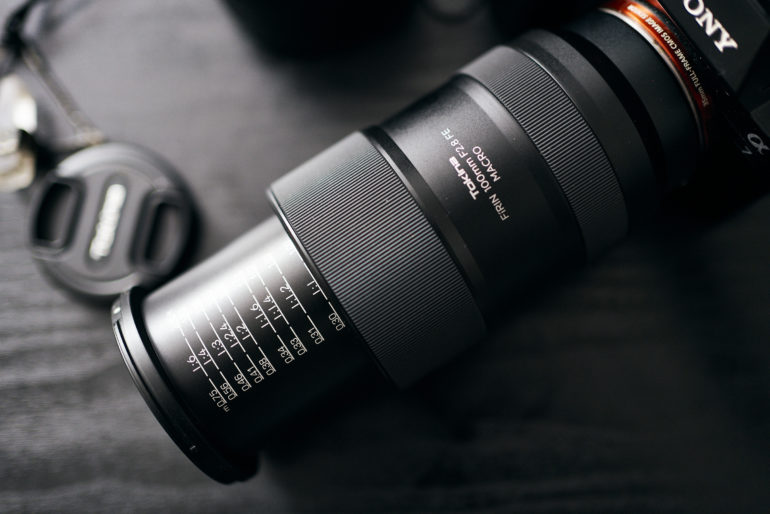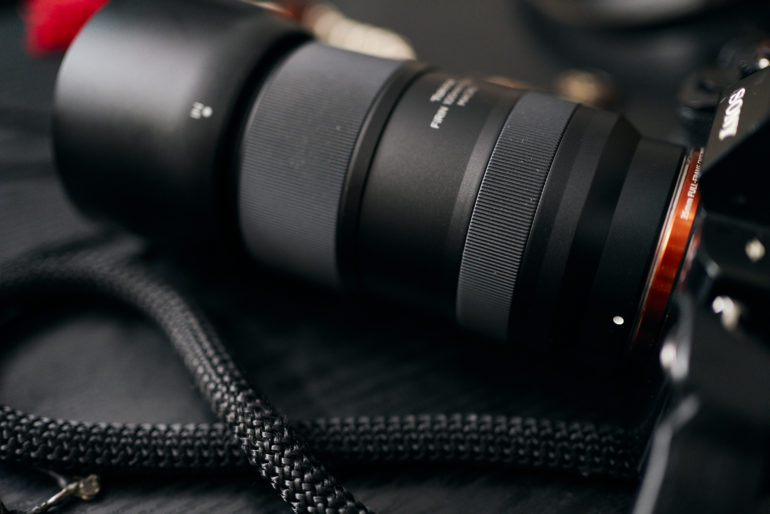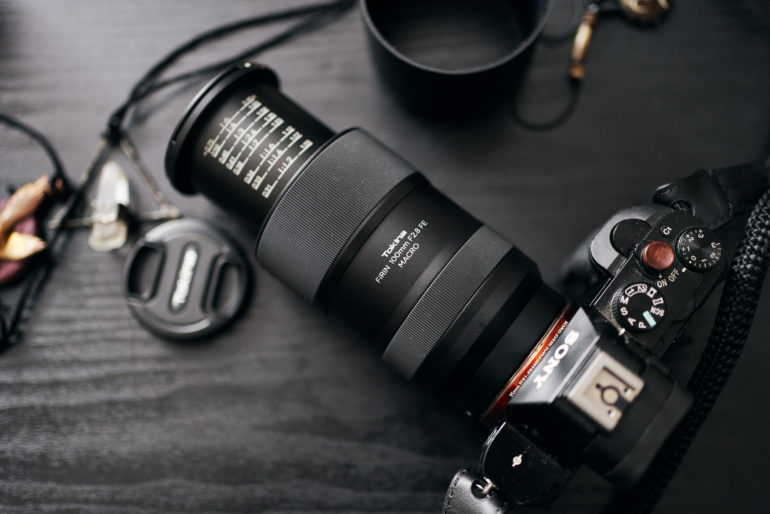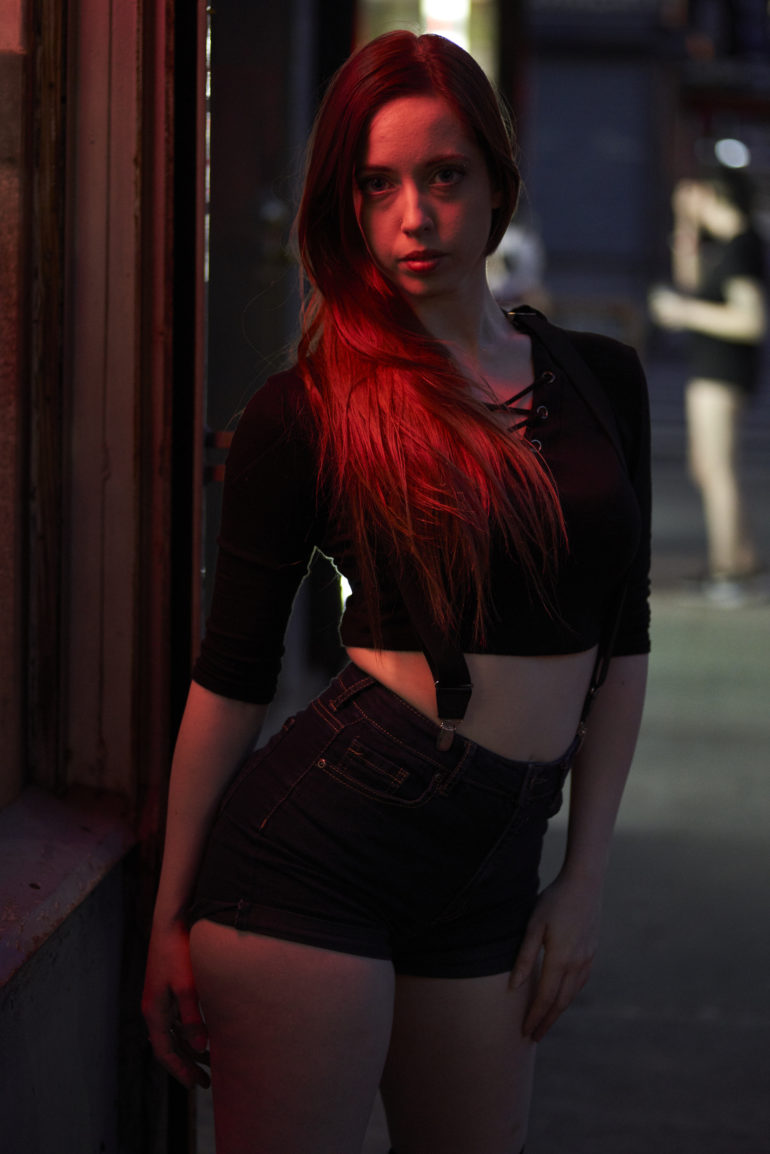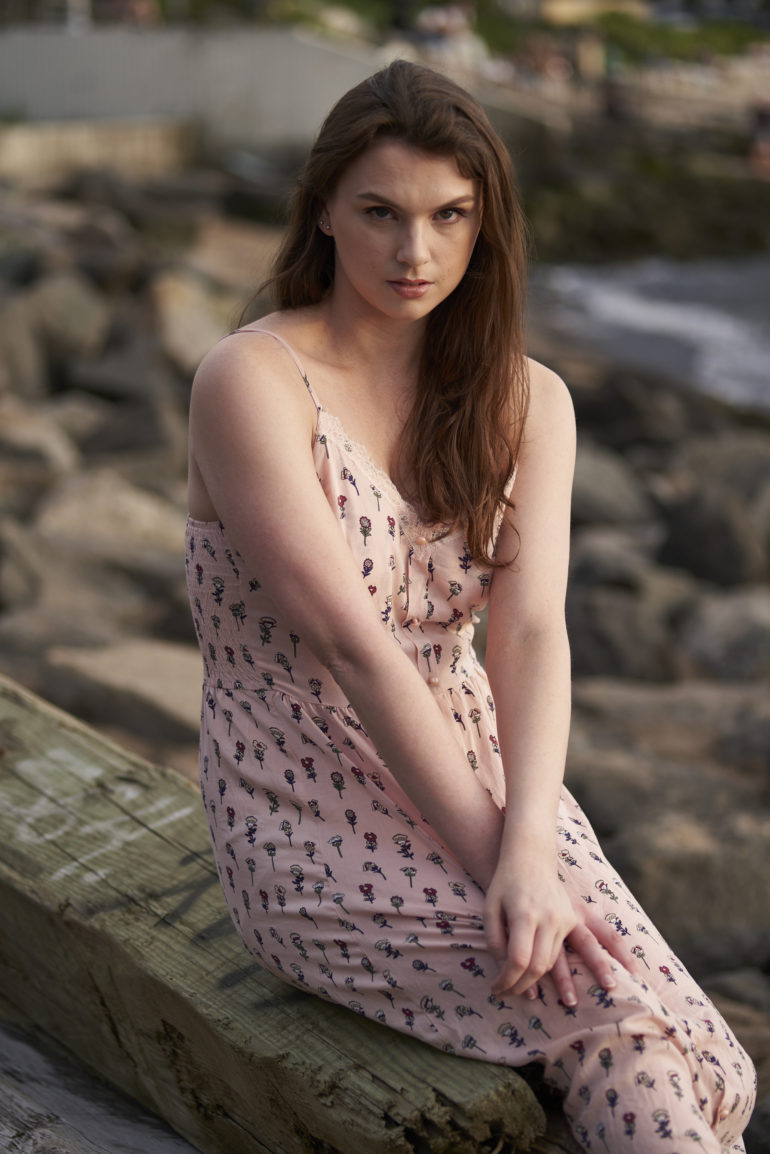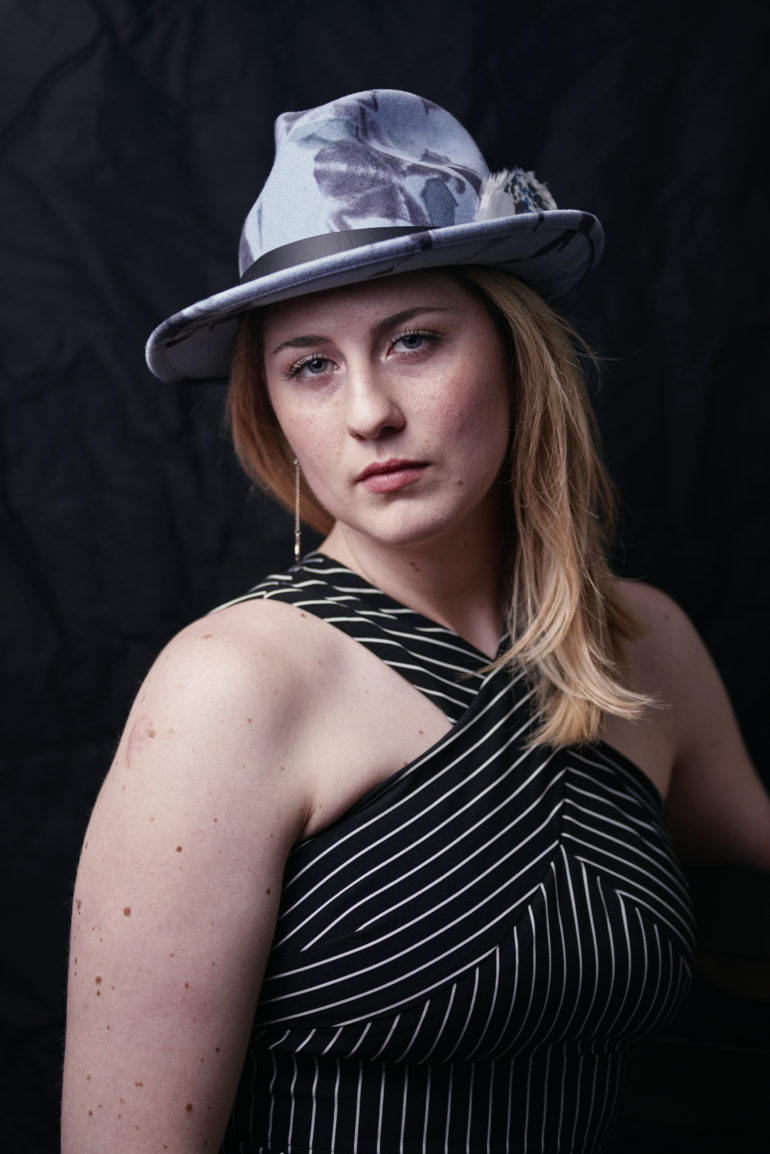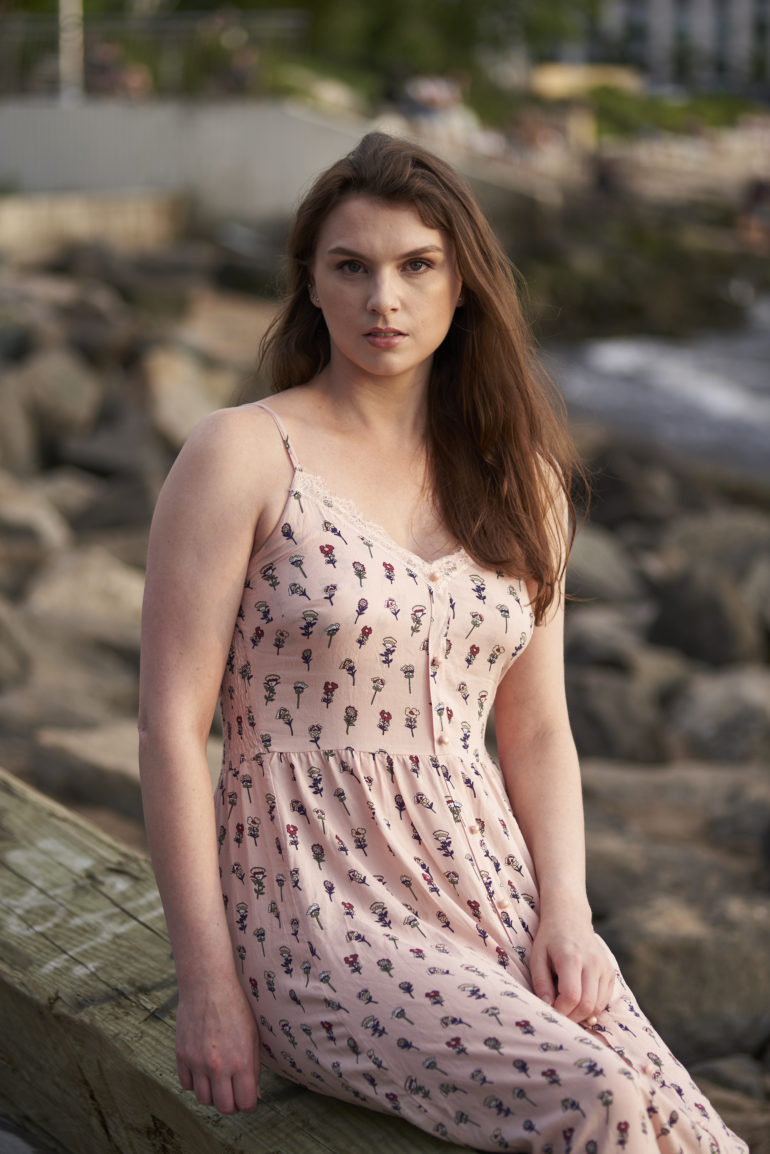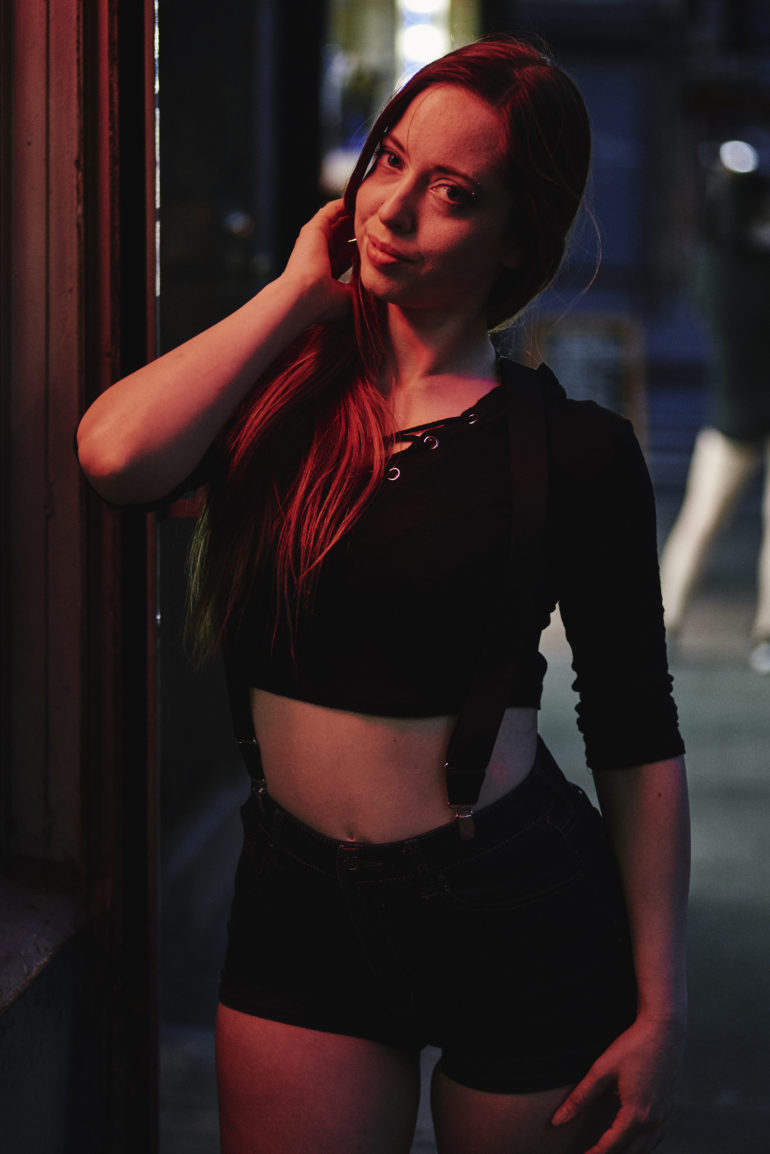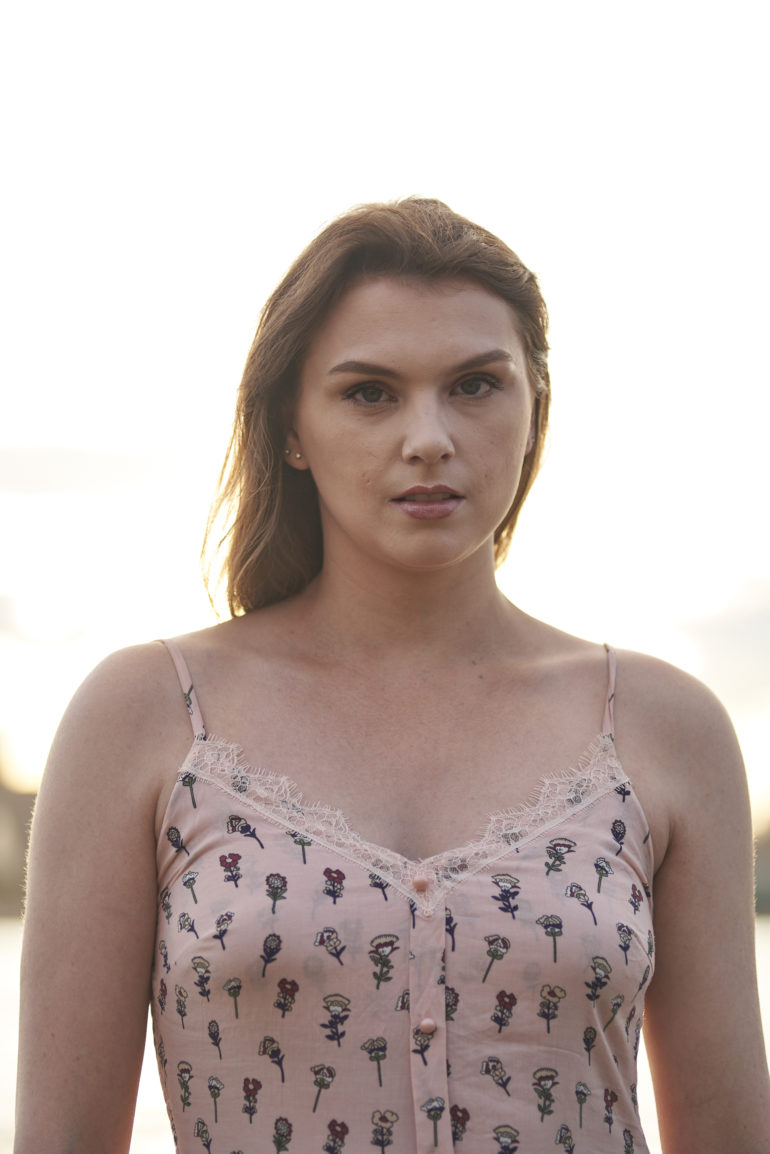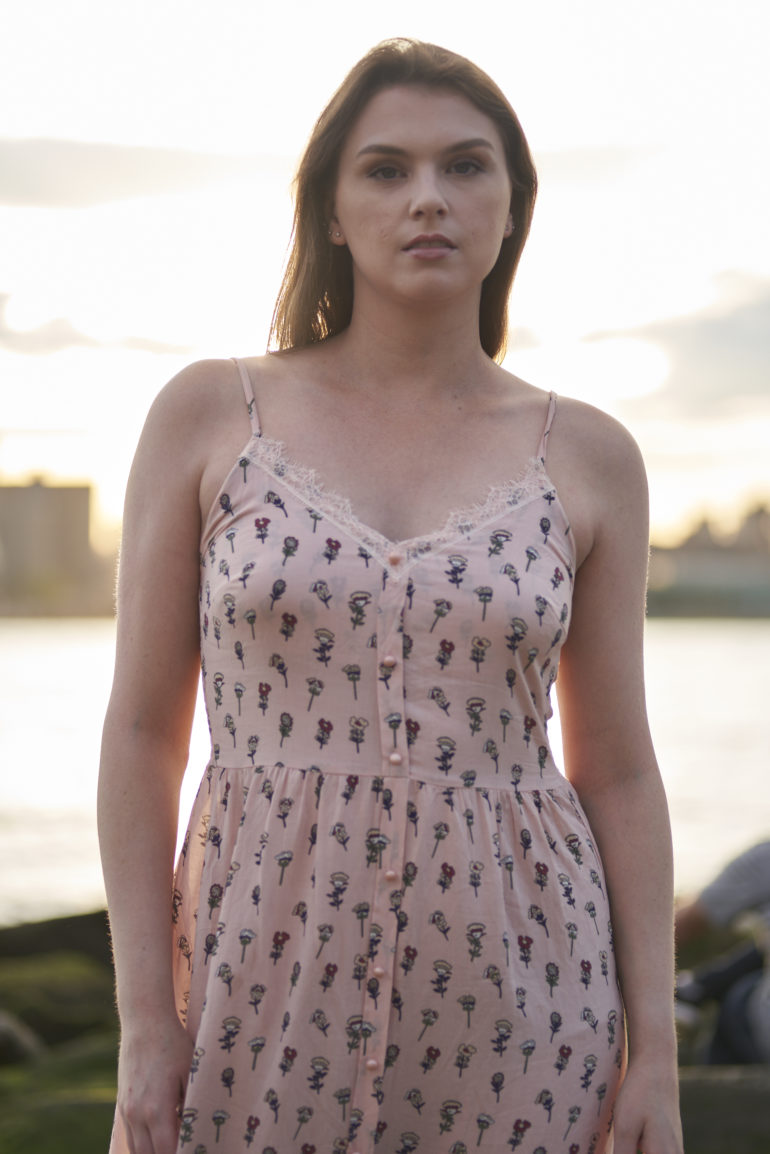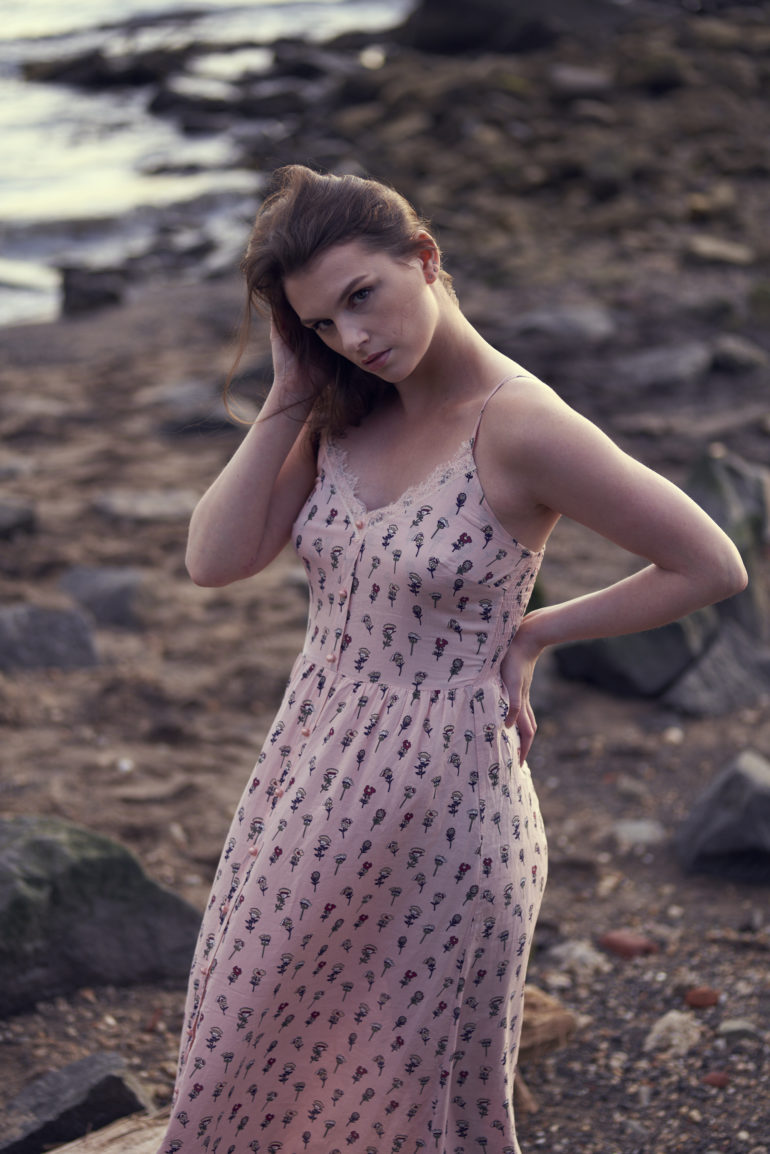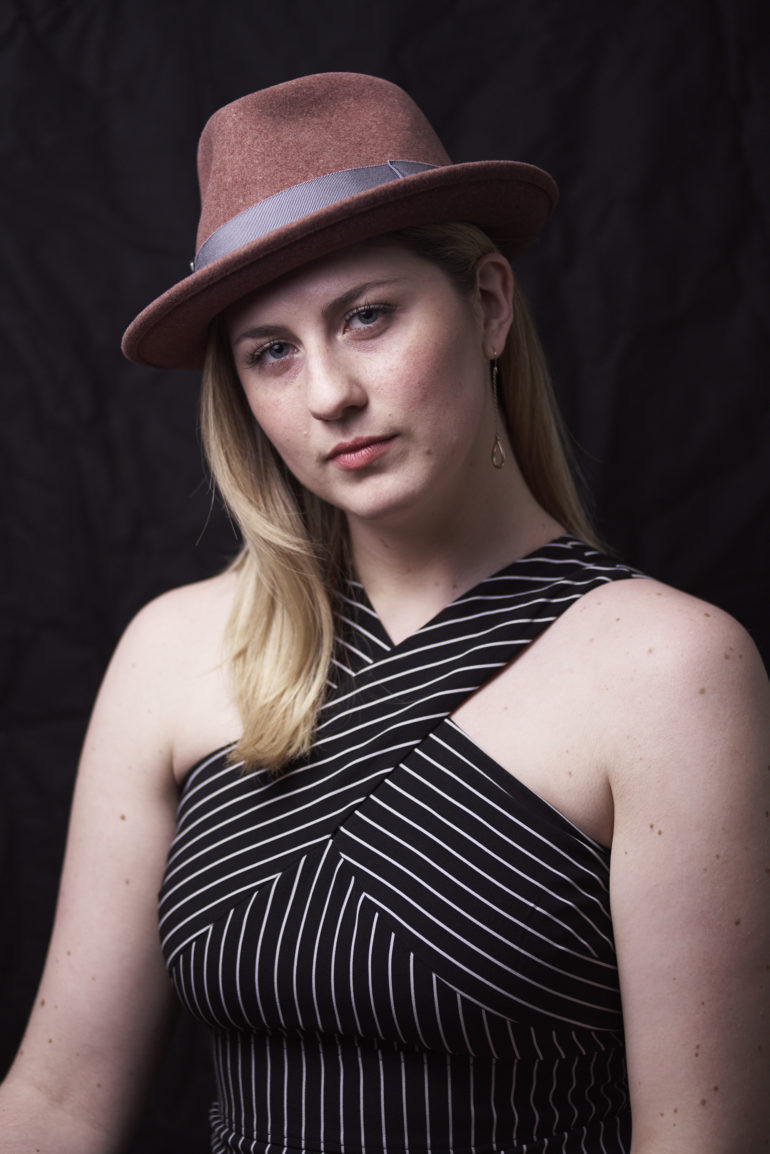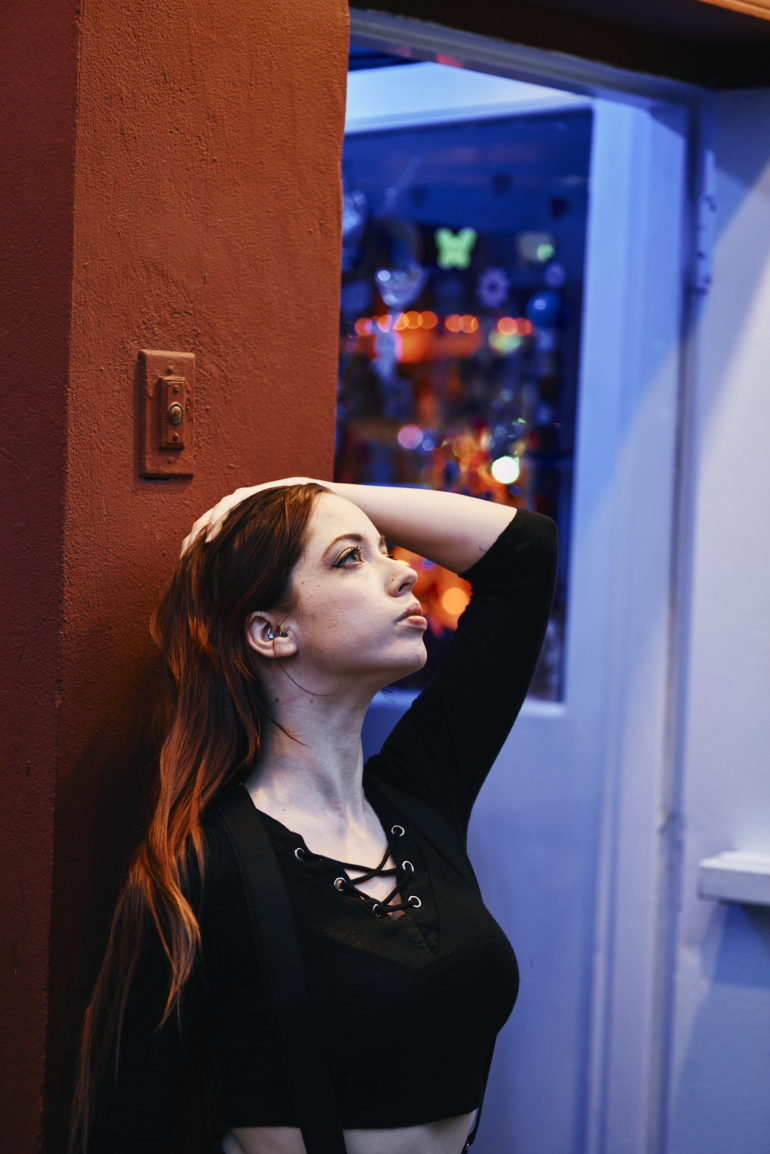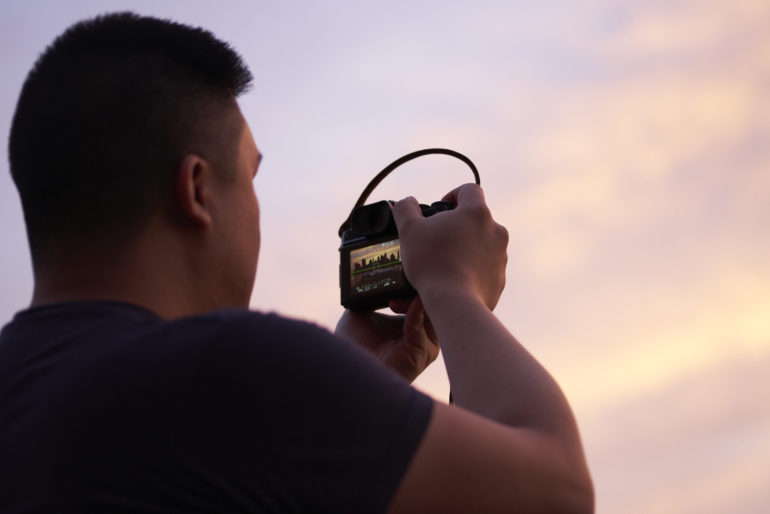Last Updated on 02/05/2020 by Brett Day
The Tokina 100mm f2.8 Macro FiRIN delivers great image quality at the expense of sounding like a cordless, handheld drill.
When the Tokina 100mm f2.8 Macro FiRIN was announced, I was overjoyed at the fact that the company was working to create a different focal length than current options on the market. While Sony has its own f2.8 STF lens, I’m pretty sure most journalists and photographers can take it or leave it. But with the Tokina 100mm f2.8 Macro FiRIN, the company is providing another focal length at a more affordable price point. Tokina’s glass has always been solid–in fact their parent company, Hoya, makes the optics for many lenses that you’re probably using. But they’ve always been a tad quirky. Sometimes I’ve encountered tactile issues, while in the case of the Tokina 100mm f2.8 Macro FiRIN I found my ears consistently meeting the unpleasing sound of a loud motor–a thing that I believed to be buried in the past. If you tend to be a bit more tone-deaf or have worked on construction sites, you’ll probably be able to get over it.
Table of Contents
Pros and Cons
Pros
- Good optical quality
- Images are nice and muted
- Beautiful bokeh
- Sharp
- Affordable
Cons
- No weather sealing, while Tamron would have done it for the same price point or even just a bit more
- *Insert sound of your dentist’s favorite weapon of mass fear here*
Gear Used
We tested the Tokina 100mm f2.8 Macro FiRIN with the Sony a7r III and the Profoto B10
Tech Specs
Specs taken from Tokina’s website
Ergonomics
The Tokina 100mm f2.8 Macro FiRIN has a 55mm filter thread–which tells you it’s a pretty small lens. And despite being long, the body is very thin. Think of the Tokina 100mm f2.8 Macro FiRIN as just that–the tall and thin optic in your camera bag.
This lens has one main ring: that ring designed for focusing. But it also has another grooved ring to give the lens some extra ergonomic grip. That’s a nice touch!
When the Tokina 100mm f2.8 Macro FiRIN is fully extended and focused as close as possible, the physical length will almost double. It’s long and it gets even longer. Of course, many other macro lenses are like this too.
Build Quality
Photojournalists relying on (and often abusing) their gear may not want to reach for the Tokina 100mm f2.8 Macro FiRIN. It lacks weather sealing and therefore the protection to ensure things will consistently keep working. To that end, I’m not sure I’d recommend it for anyone else but the hobbyist or studio photographer. In the case of the studio photographer, you’re probably shooting with a model and there will be music playing loud enough to avoid the noise of the autofocus motor. But even out in the real world, we encountered a few problems at the mount that required us to clean the lens contacts with Isopropyl alcohol. Once you do this, you’ll be fine. Of course, I wouldn’t take it out into the rain and I wouldn’t use it in any situation where something may hit the lens or camera. With that said, when it was stored in my camera bag it didn’t have any issues behind the padded interiors while the bag survived all the abuse thrown at it by the NYC subway system involving other commuters, putting the bag down, etc.
“But even out in the real world, we encountered a few problems at the mount that required us to clean the lens contacts with Isopropyl alcohol.”
Ease of Use
The Tokina 100mm f2.8 Macro FiRIN is, luckily, a breeze to use. All you need to do is mount it to the camera, point, focus, and shoot. But in addition to that, when you’re in manual focus mode, you’ll be treated to a distance meter on top of the lens as it gets longer and longer. Indeed, it’s easier to just go full manual focus if you’re shooting at limited macro ranges.
Autofocus
The Tokina 100mm f2.8 Macro FiRIN isn’t the fastest lens to autofocus, but it is still very usable. By that I mean that Zeiss, Sony, Rokinon, and Tamron all create lenses that are faster to focus. However, the Sigma Art prime lenses that were adapted to be used with Sony FE are all quite a bit slower to focus. We’re delighted to know that the Tokina 100mm f2.8 Macro FiRIN works with face detection and eye detection on the Sony a7r III.
As I’ve expressed a number of times already, the autofocus motor is quite loud. If you have sensitive ears the way I do, it’s going to make using the lens annoying unless you’ve got headphones on. This alone makes me not want to use the Tokina 100mm f2.8 Macro FiRIN.
“However, the Sigma Art prime lenses that were adapted to be used with Sony FE are all quite a bit slower to focus.”
Image Quality
Despite the sound of the Tokina 100mm f2.8 Macro FiRIN being worse than your nagging elder reminding you to do something, the image quality is overall very pleasing. The muted colors lend itself to rendering a look reminiscent of Kodak Portra–or at least the closest that you’re going to get on a Sony camera of any sort. The bokeh is also beautiful. Beyond that, it embraces the look of being soft yet sharp. The only thing I can liken it to is using color negative medium format film. If you haven’t done that, then please know that it’s a trillion times better than any filter you can pop on a digital image.
Bokeh
Though this is a Macro lens, I suspect that the Tokina 100mm f2.8 Macro FiRIN will be used for portraiture more so than macro images. To that end, we find this lens presents us with some incredibly pleasing bokeh. Said bokeh is creamy and does a great job rendering the background nicely. Considering the fact that results are so muted in comparison to other lenses though, the subject may not stand out as much as it may with other lenses when shooting with natural light. To be clear, the deeper the blacks are in a scene, the sharper the image will look. Due to muted colors, those blacks and the contrast aren’t there.
Chromatic Aberration
I didn’t find any major chromatic aberration to speak of. So with that said, I’m going to move right on.
Color Rendition
The positively gorgeous color rendition from the Tokina 100mm f2.8 Macro FiRIN is a big reason to get this lens. Granted, you can work on this in post, but why bother? I’m very pro get-it-right-in-camera and, with that said, I’m very happy with the results I get here.
Sharpness
The sharpness from the Tokina 100mm f2.8 Macro FiRIN is very good overall. In natural light, you’ll get good sharpness. But where the lens really begins to sing is on center stage is when the results from a flash are added. Specular highlights make anything much better!
Extra Image Samples
Conclusions
Likes
- Colors
- Sharpness and balance of colors – I don’t need the sharpest lenses
Dislikes
- Autofocus motor sound
- Lack of weather sealing
The Tokina 100mm f2.8 Macro FiRIN isn’t at all a bad lens. But I think it should have been priced lower due to a few features it is lacking. It doesn’t have weather sealing, and the autofocus motor seems to be from 1990. But if you can look past this, you’ll realize that the image quality is very much what many photographers are after these days. Of course, you can also use it for macro shoots, but there are other options on the market that can also do that.
We give the Tokina 100mm f2.8 Macro FiRIN three out of five stars. Want one? Check out Amazon for the latest prices.


